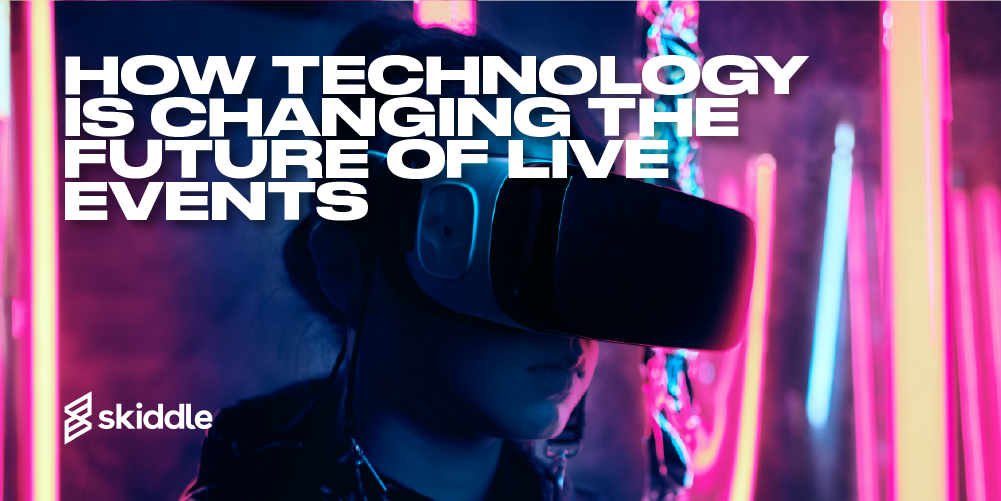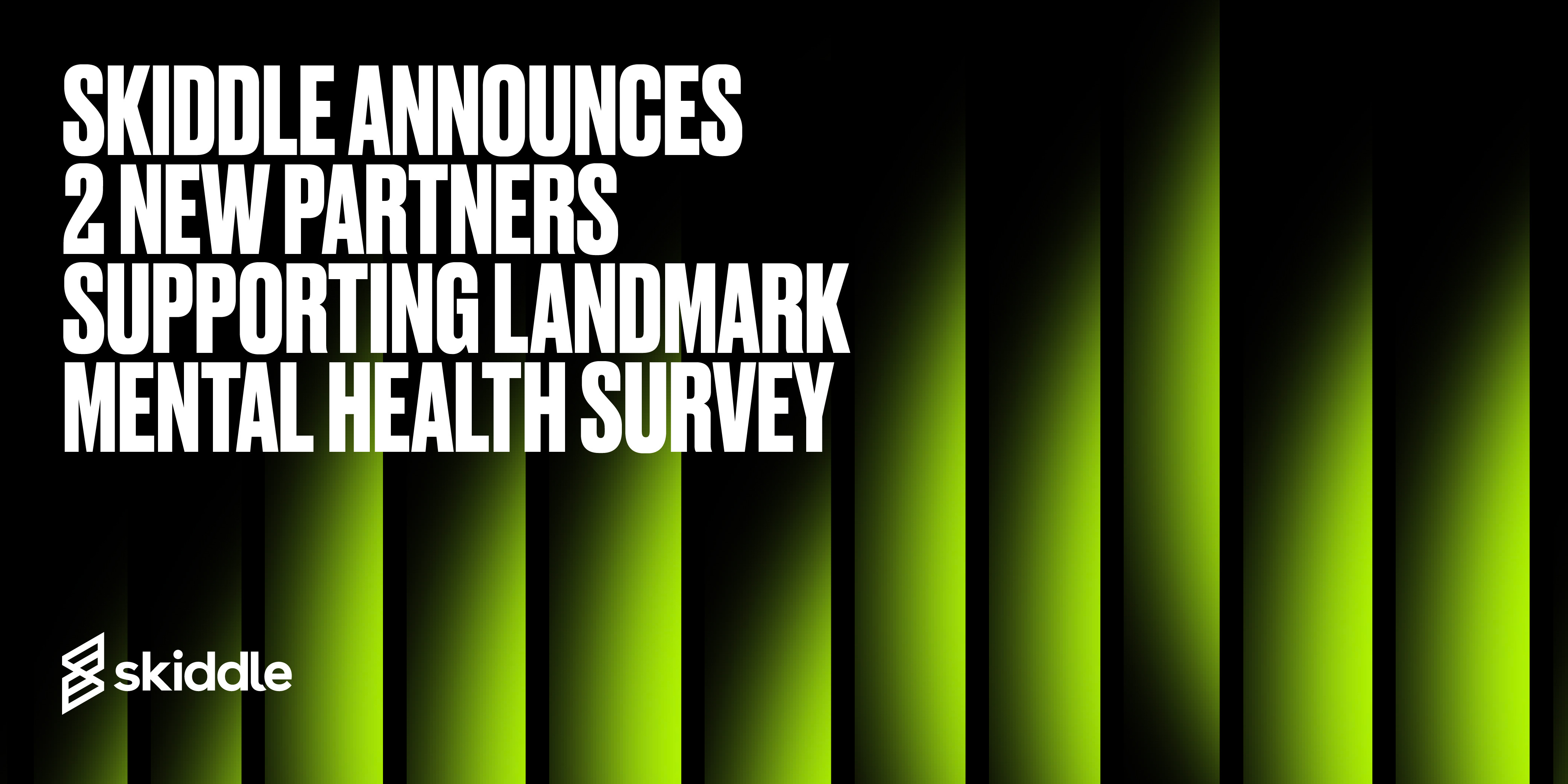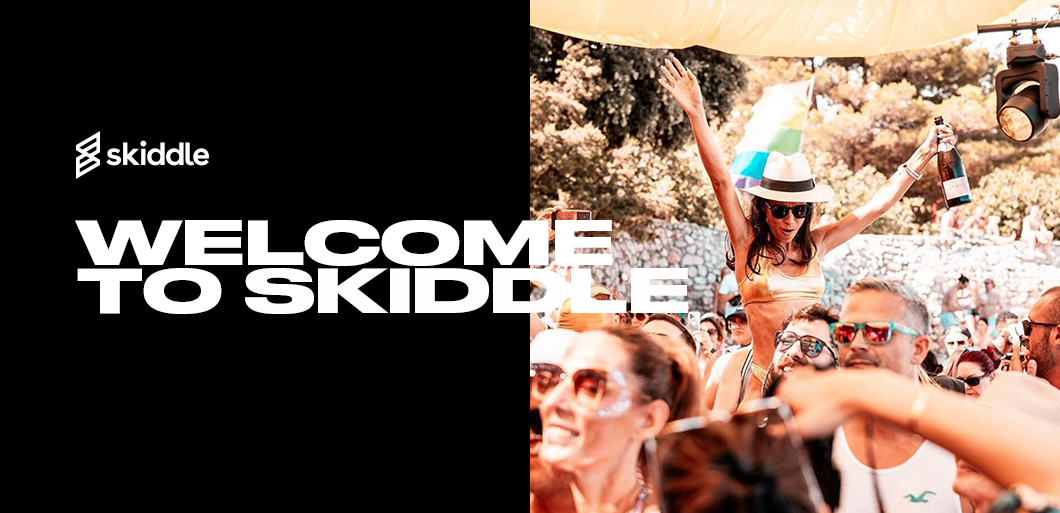- Uncategorised
How technology is changing the future of live events
-
By Ryan Moss
- 07 Jul 2023
- 7 min read

We won’t win any awards for saying that technology has radically changed the way we live.
At this point, our phones are an extension of ourselves, and we document our personal achievements, music tastes, side hustles and things that make us laugh across various platforms.
It’s changed the way live music works, too. Without technology, Skiddle wouldn’t be able to issue electronic tickets to the attendees of the events we sell tickets for. Nor would we have been able to bring ideas like Remind Me, Re:Sell, Cool:Off and the Promotion Centre itself to life.
Elsewhere, technology has allowed for innovations in safety, accessibility and blended the virtual and the real. In this article, we’re going to take a look at some of the ways this has happened.
Technology as a safety tool
Clubbing is fun. Great tunes, great atmosphere and great people makes for an unmatched experience. You only have to scan the room of your favourite event to see that.
But there are downsides. While the club space can feel like a utopia, it’s often women and marginalised people who bear the brunt of them.
Sexual assault reports in London nightlife reached a six-year high in 2021, while a YouGov poll from the same year showed that 71% of women had been harassed in a public space.
It’s why the app ‘Where You At?’ was created in 2021. It allows people to view a map of the club they’re in, connect with their friends if they get lost and send an alert if they’re in danger. Where You At uses Bluetooth, so shoddy Wi-Fi doesn’t affect it.
Clubs can sign-up, too, allowing the developers to create the map of the space and giving club owners data on attendees that use the app. This allows two crucial elements of nightlife – attendees and clubs – to come together, making the club night experience safer.
With the data given to clubs by the app, owners can improve things. It might be something as simple as putting more signage around the venue to prevent people from getting lost.
Overall, Where You At is an example of using technology to keep people safe. People can enjoy their night, relax more and have the threat of unwanted experiences lowered.
Innovations that improve accessibility
Deaf and hard-of-hearing people rely on vibrations to feel the music at the events they love.
So, the feeling of sub-bass rattling the foundations of the body is universal. But proximity to the sound system is crucial for deaf and hard-of-hearing people. The further away from the speakers they are, the less impact the sub-bass has on their experience of the music.
One such solution? The 5G haptic suit. Pioneered by UNIT9 and backed by Vodafone, it offers 24 vibration points around the body.

The music from the performer is transformed into vibrations in real-time, and the 5G tech records the crowd atmosphere. The latter is turned into vibrations, so Deaf and hard-of-hearing music fans can experience a full-body feeling at a gig, club night or festival.
The suit was tested at last year’s Mighty Hoopla Festival, but unfortunately, it hasn’t had any other tests at festivals this year. We reckon that’s down to the expense behind the innovation.
However, vibrational technology isn’t new. So, the aspects used in this haptic suit could be incorporated into more affordable tech, bringing Deaf and hard-of-hearing music lovers closer to the music they love.
Augmented reality
Chat-based and generative image-based AI tools have been all the rage lately. We’ve all seen the artwork, marketing copy and other things they can produce.
However, augmented reality was here first. Remember Oculus Rift? Heavy, clunky and looking straight out of a dystopian sci-fi film, it was the first major tool to bring AR and VR to the gaming world.
But augmented reality isn’t limited to video games. ABBA, or computerised versions of them, have been touring the world for the past year as part of the ABBA Voyage tour.
A part-theatre, part live music experience, the show allows fans to experience the band as they were in 1979. Theoretically, if other artists were to follow suit and deliver something like this, it would allow them to present their music in a different narrative, bringing in theatrical elements or influences beyond the music.
In addition, it allows older artists to let their music exist in a live setting for longer or record special versions of classics.
Live music in the Metaverse
Some of the world’s most prominent artists have staged concerts in the Metaverse.
It’s something that feels designed to garner a snicker. After all, how many times have you heard someone tell you: “Yeah, I’m off to watch my favourite band…in the Metaverse”.
However, the likes of Elton John, Travis Scott and Lil Nas X can’t be wrong, with games like Fortnite and Roblox the arena for their virtual performances. Travis Scott’s Fortnite performance brought in 12.3 million attendees. That’s a lot of viewers.

These virtual concerts blur the lines between the real and the fictional and might also be an entry point into live music for young people. It’s not a million miles away from a kid in the mid-2000s discovering file-sharing and being opened up to a world they wouldn’t have otherwise discovered.
And, like the AR in the previous point, the technology might be adapted for other avenues. Again, this creates a space for musicians to deliver new interpretations of their music, maybe combining the virtual with the physical in a sort of hybrid live event.
Got a question you need an answer to?
Give us a call on 03333010301 or ask us a question over on the Skiddle Promoter Twitter account by clicking or tapping on the button below. Alternatively, you can also find a list of our most frequently asked questions over at https://help.promotioncentre.co.uk















